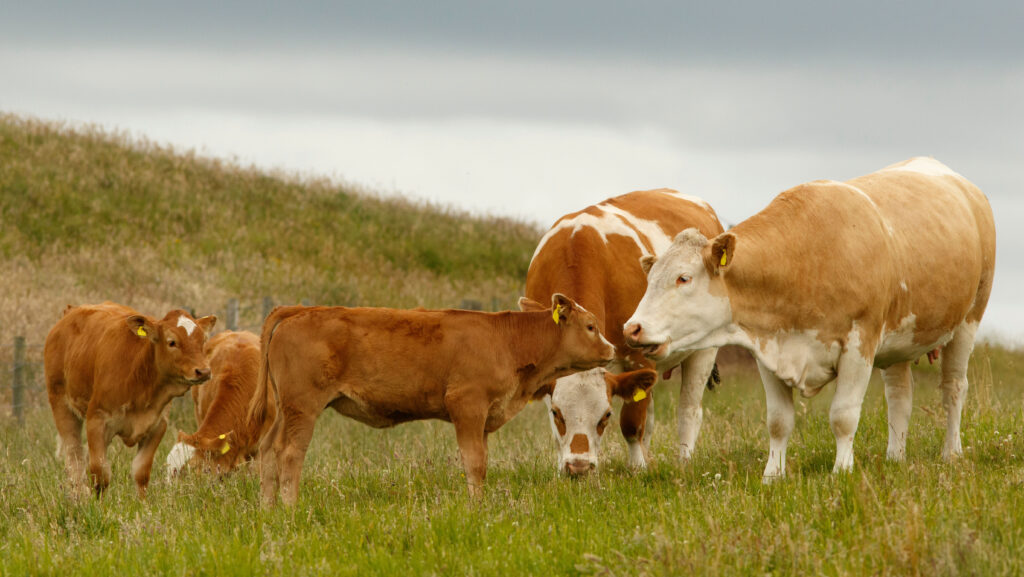Falling stock numbers in Scotland raise fears for farmers
 © Adobe Stock
© Adobe Stock Declining cattle, sheep, and pig numbers in the latest Scottish Agricultural Census, have highlighted a frightening longer-term trend of contraction for livestock in Scotland.
Census figures for June 2024 show total pig numbers declined by 8% year-on-year.
Meanwhile, the breeding pig herd declined by 2,500 head to just 28,600 head, the lowest for more than a decade.
See also: Exceptional beef demand holds finished cattle above £5/kg
The total number of sheep also fell to its lowest point for at least a decade at 6.47m head.
This represents a 2.25% annual fall and a 3.8% fall on the five-year average.
Supplies are expected to remain tight moving forward with 58,000 fewer breeding ewes in 2024 than the previous year.
The outlook for cattle has been mixed but, overall, continues the same wider trend of decline seen in both sheep and pig sectors.
Scottish government analysts said: “Total cattle numbers in Scotland have been in a long-term decline since a high in 1974, when there were 2.68m cattle.
“This trend continued in 2024, with cattle numbers falling to 1.67m, a decline of 2.4% compared with the five-year average.
“If compared with 2023, cattle numbers decreased by 0.9%.”
Much of this decline was driven by contraction within the beef herd, which fell by 1.1% on the year to 648,000 head, while the total number of dairy cattle increased by 0.8% to 266,000 head.
This is despite payments being made available by the Scottish government to encourage beef production through the Scottish Suckler Beef Support Scheme.
Impact
Long-term declining livestock numbers do not just impact agricultural businesses and may have a knock-on effect to wider industry stakeholders including processors, hauliers, livestock markets, and dealerships.
Lisa Hislop, NFU Scotland livestock policy manager, said: “NFU Scotland will be reviewing and processing the results of the latest census in due course.
“However, it is well recognised that the livestock sector is well below critical mass – the unintended consequences of this impacts our propensity to deliver on public goods, supply high-quality red meat, and support rural communities.
“It must be a priority for everyone in the supply chain to stabilise livestock figures. While this is no mean feat, we must consider what policy and market metrics are required to underpin Scottish producers.”
She added: “There are many contributing factors that impact delivery of high-quality red meat, and it has not been until recently that we are seeing a fair return to primary producers in the beef sector.
“It is critical that this continues across the entire livestock sector.
“Alongside market returns, producers need progressive policy which enables efficiency and productivity gains to be realised while also encouraging innovation.”
The publishing of the Scottish Agricultural Census on 24 October by Scottish government coincided with the NFU Scotland annual conference.
